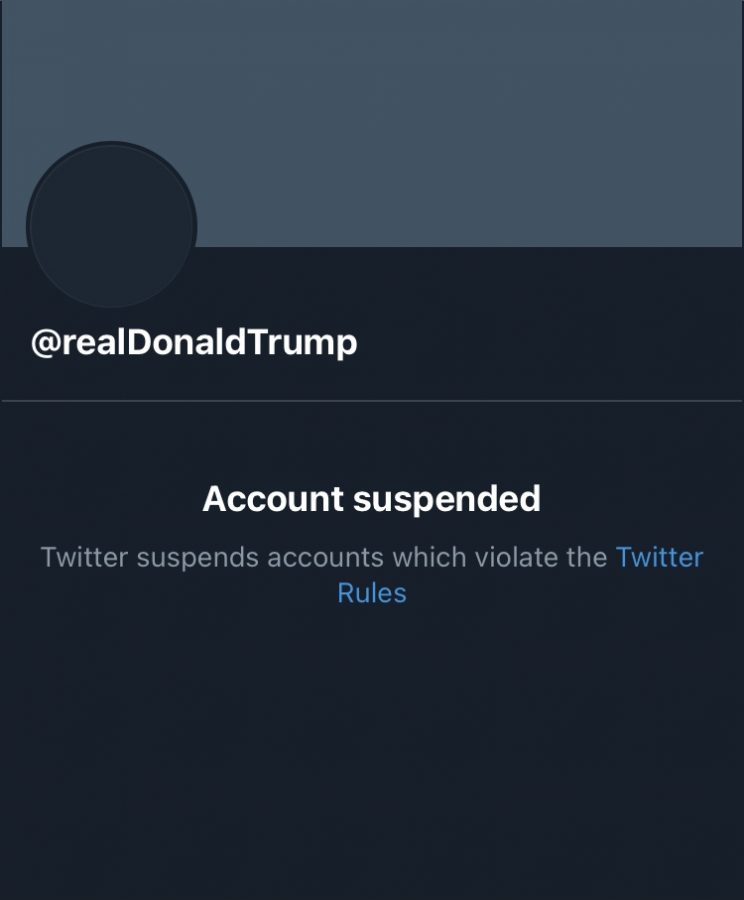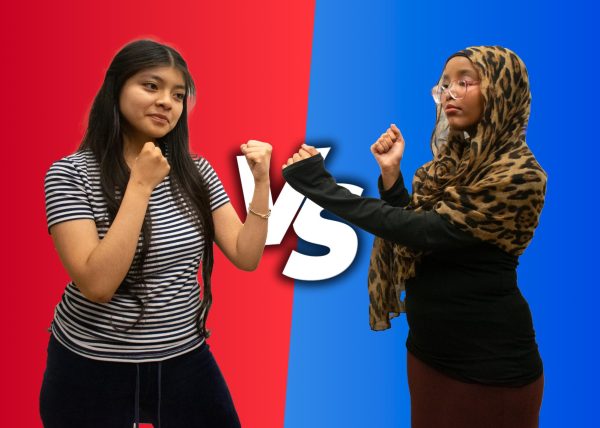Free Speech on Social Media: Where Is the Line?
The insurrection at the Capitol is the clear result of propaganda that has spread too quickly. To be clear, the allowance of hate speech is not the same as freedom of speech. Angela Merkel, who spoke up on the controversy of Twitter banning former President Trump, argued that it should be a legislative body’s right, and not a private company’s, to draw the line on what constitutes unacceptable language. Many people similarly maintain that banning Trump from apps such as Twitter is not an example of restricting free speech since he is deliberately posting false information and hate speech.
As Mark Snekvik (V) says, “I think we should interpret what’s in the Constitution differently depending on the context, adapting meanings to fit the 21st century.”
The line between acceptable free speech and hate speech is often blurred, although it can just as often be clear when something is not okay. As Oriana Dunker (V) says, “It’s free speech when you’re saying you have an opinion on something, but it becomes hate speech when you’re making a comment, your intention is hurting a group of people.”
Due to the amount of unpleasant content on social media, free speech desperately needs stricter online regulations. Platforms such as Facebook, Instagram, Twitter, Tiktok and the companies behind these apps are neglecting their responsibilities to make these apps a safe space for all users when they allow offensive and threatening language to remain on their platforms unchecked.
Too many cult-like groups have been organized on social media. Facebook, Twitter, Instagram and other private social media companies claim to monitor private messages among users, yet people are planning acts of treason through these same messages, as seen from the attacks on the U.S. Capitol. What good is the use of giving users false assurance?
As everyone is well aware by this point, misinformation spreads like wildfire online. There is little monitoring of what people post and even less filtering of fake news. It is easy for readers to lose themselves in a topic that is entirely counterfactual. Especially with social media’s biased algorithms, it is easy for promoted content to shift in an increasingly partisan direction.
Ms. Deeth Ellis, Boston Latin School Librarian, describes this as a “conflict of interest,” saying, “They are very much controlling […] their product is aimed at getting you to do certain things, specifically clicking on sponsored content […] It’s a commodity; it’s to make money.”
Coupled with the tendencies of users to sensationalize posts to gain more clicks, the radical content that litters these platforms is highly dangerous and requires immediate intervention beyond the ban of one (albeit significant) offending figure.
For not only are there accounts with a large following promoting hate, but there are also millions of smaller ones posting content that is just as, if not more, harmful. Social media companies have a bad track record of blocking these accounts early on, as seen from the last-minute scramble to ban QAnon-linked accounts after the Capitol siege.
To improve their platforms, social media companies should pay more attention to accounts that users have reported. Helena Kwon (V) says, “I’ve reported many accounts but I always get a notification saying ‘this account does not violate community guidelines’ when it obviously does.” The link between this negligence and the threat of homegrown extremism today is clear.
Combating hate speech, nonetheless, is not a battle for social media companies alone. Schools too must do their part. Curriculums should include lessons on how to sift through fake news and read with a bias filter, also called “lateral reading.” As Mr. Daniel Gavin, BLS History and German teacher, says, “I do feel that people need to have deep training and understanding about how to communicate over social media […] we need to have social media literacy as a thread through all courses from a young age up to professional development.”
“People need to understand that the amendment, it’s not just free speech in every facet of life,” Mr. Gavin continues. “If that speech is infringing upon another person’s security […] and the right to live freely, then it is not free speech.”







